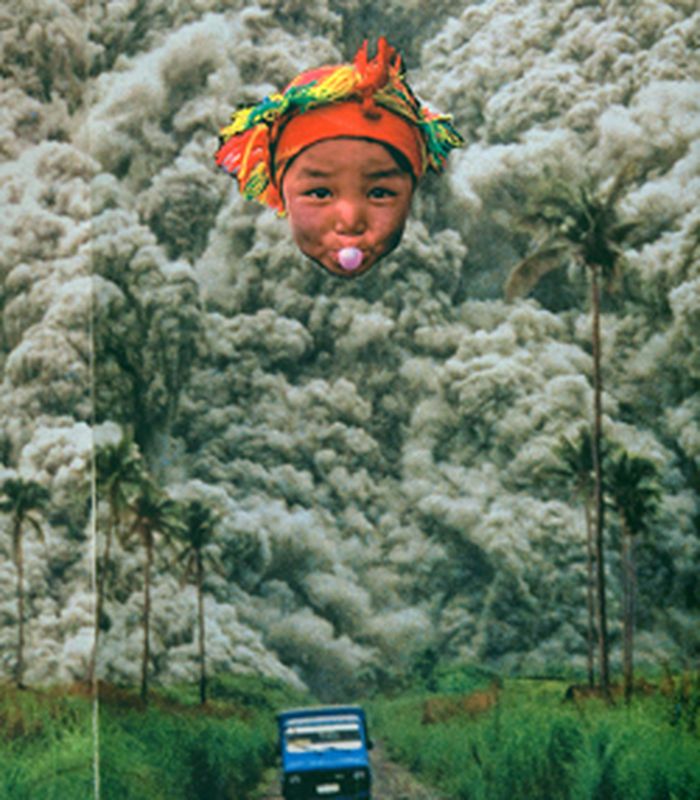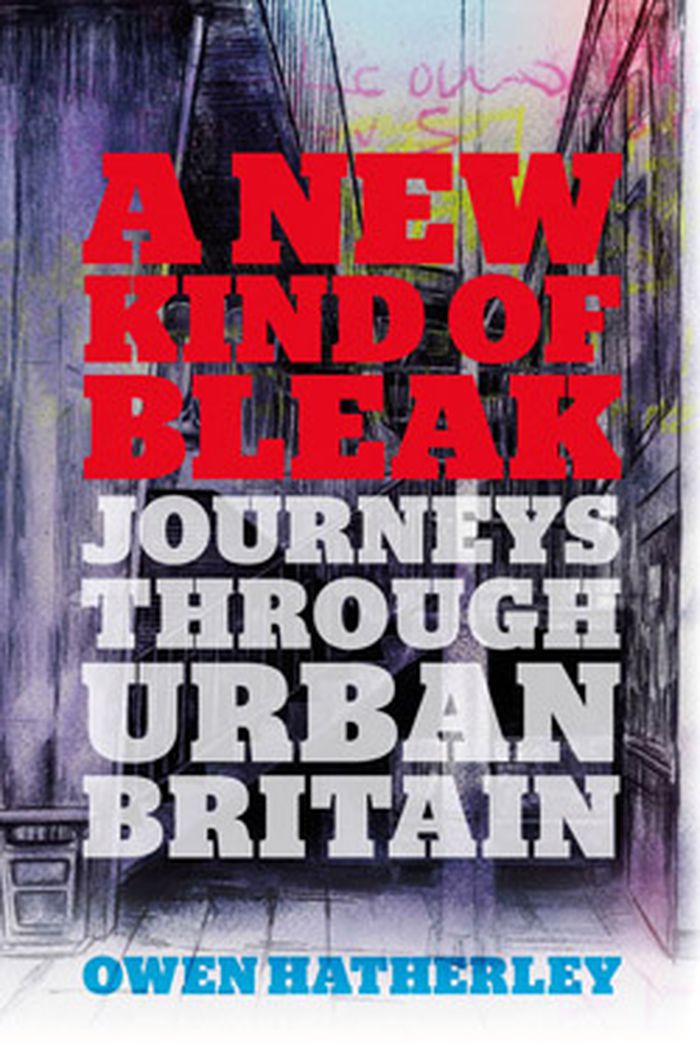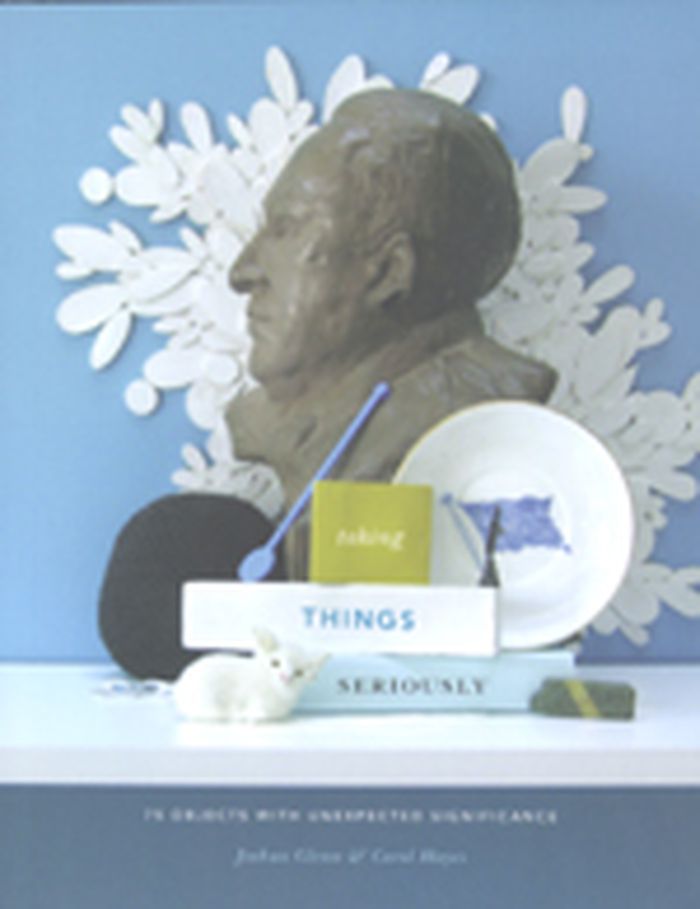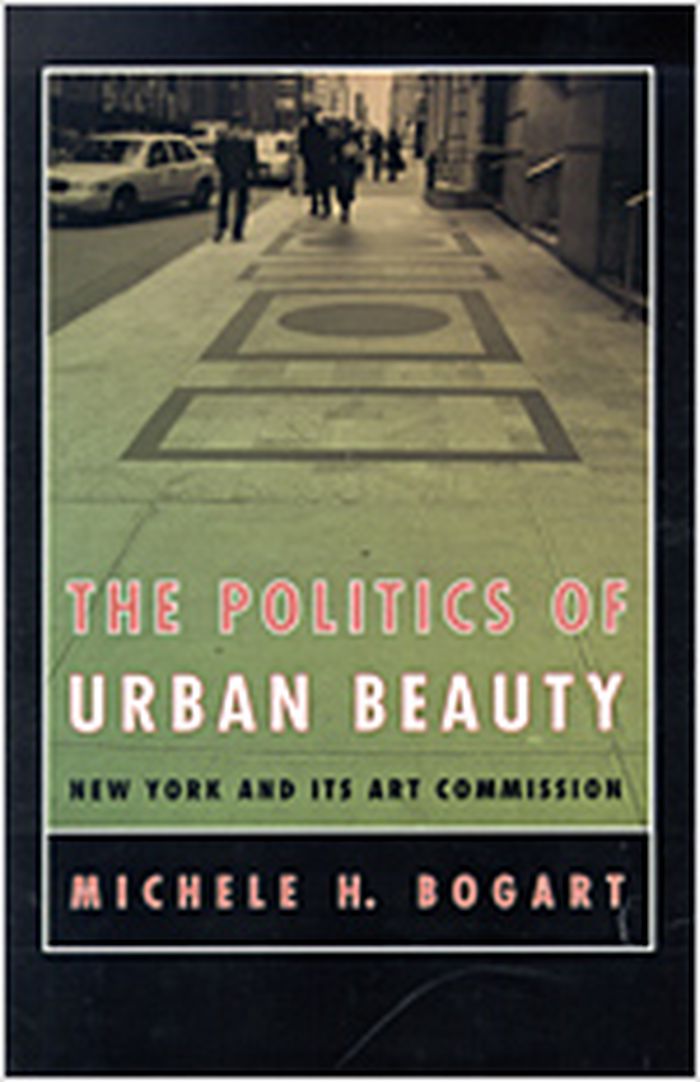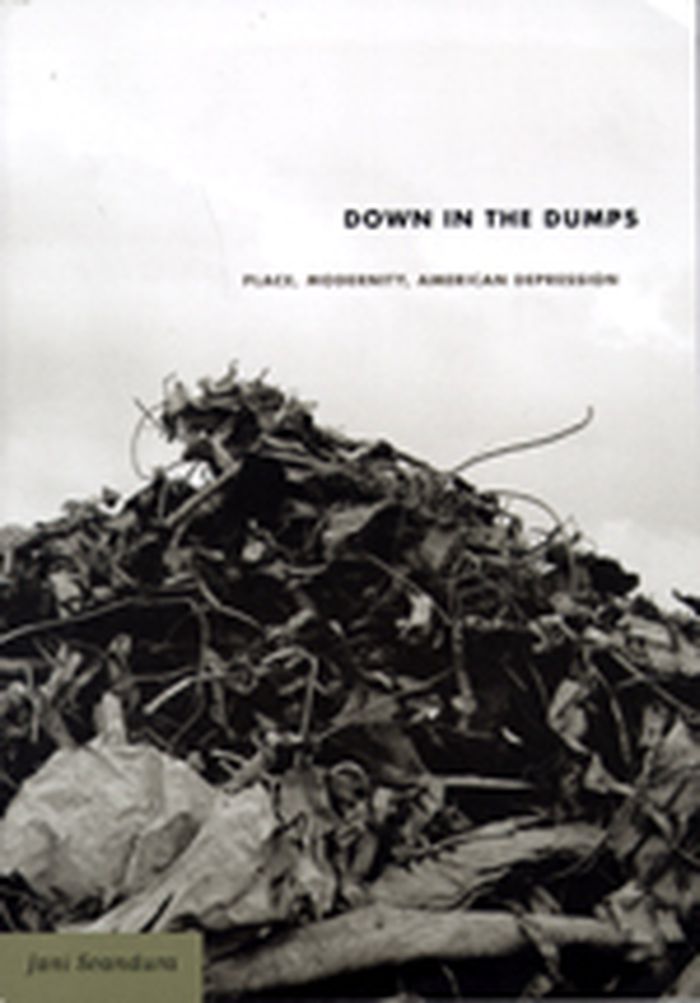Gabriel Orozco
$66.00
(available to order)
Summary:
Gabriel Orozco emerged at the beginning of the 1990s as one of the most intriguing and original artists of his generation. His work is unique in its formal power and intellectual rigor, resisting confinement to one medium and roaming freely and fluently among drawing, photography, sculpture, installation and painting. Orozco deliberately blurs the boundary between the art(...)
Gabriel Orozco
Actions:
Price:
$66.00
(available to order)
Summary:
Gabriel Orozco emerged at the beginning of the 1990s as one of the most intriguing and original artists of his generation. His work is unique in its formal power and intellectual rigor, resisting confinement to one medium and roaming freely and fluently among drawing, photography, sculpture, installation and painting. Orozco deliberately blurs the boundary between the art object and the everyday environment, situating his work in a place that merges art and reality, whether through exquisite drawings made on airplane boarding passes or sculptures composed of recovered trash. This publication examines two decades of the artist's production year by year, from 1989 through 2009. Each section is richly illustrated and includes a short text, based on interviews with the artist, that combines biographical information with a brief and focused discussion of selected works. Critical essays by Ann Temkin, Benjamin H.D. Buchloh and Briony Fer supplement these foundational and chronological explorations, providing new insights and strategies for grounding Orozco's work in the larger landscape of contemporary art production.
Contemporary Art Monographs
$37.50
(available to order)
Summary:
In A Guide to the New Ruins of Great Britain, Owen Hatherley skewered New Labour’s architectural legacy in all its witless swagger. Now, in the year of the Diamond Jubilee and the London Olympics, he sets out to describe what the Coalition’s altogether different approach to economic mismanagement and civic irresponsibility is doing to the places where the British live. (...)
A new kind of bleak : journeys through urban Britain
Actions:
Price:
$37.50
(available to order)
Summary:
In A Guide to the New Ruins of Great Britain, Owen Hatherley skewered New Labour’s architectural legacy in all its witless swagger. Now, in the year of the Diamond Jubilee and the London Olympics, he sets out to describe what the Coalition’s altogether different approach to economic mismanagement and civic irresponsibility is doing to the places where the British live. In a journey that begins and ends in the capital, Hatherley takes us from Plymouth and Brighton to Belfast and Aberdeen, by way of the eerie urbanism of the Welsh valleys and the much-mocked splendour of modernist Coventry. Everywhere outside the unreal Southeast, the building has stopped in towns and cities, which languish as they wait for the next bout of self-defeating austerity. Hatherley writes with unrivalled aggression about the disarray of modern Britain, and yet this remains a book about possibilities remembered, about unlikely successes in the midst of seemingly inexorable failure. For as well as trash, ancient and modern, Hatherley finds signs of the hopeful country Britain once was and hints of what it might become.
Urban Theory
$40.95
(available to order)
Summary:
From the early days of recreational camping in the late nineteenth century through the multitude of modern camping options available today, ''Making camp'' explores the history and evolution of the popular activity through the lens of its most important and familiar components: the campsite, the campfire, the picnic table, the map, the tent, the sleeping bag, as well as(...)
Making camp: A visual history of camping's most essential items and activities
Actions:
Price:
$40.95
(available to order)
Summary:
From the early days of recreational camping in the late nineteenth century through the multitude of modern camping options available today, ''Making camp'' explores the history and evolution of the popular activity through the lens of its most important and familiar components: the campsite, the campfire, the picnic table, the map, the tent, the sleeping bag, as well as the oft invisible systems for delivering water and managing trash. Find out how early nineteenth century German peasants fashioned rudimentary sleeping bags by burrowing into bags full of leaves for the night. Look back over several millennia to learn about the progression of tents from animal skins, goat's hair, and heavy canvas to featherweight nylon. Learn about the ways in which the skills to build and maintain a campfire have been displaced by the portable gas stove. Pinpoint the details of the essential campground map and its unique place in the camping imagination. Each chapter includes a broad range of visuals to help illustrate the rich history of camping and our collective devotion to it, including drawings, patents, diagrams, sketches, paintings, advertisements, and historical photographs.
Landscape Theory
$19.95
(available to order)
Summary:
We all have something in our lives that while not obviously valuable, is displayed as though it were a precious and irreplaceable artifact. Inquire about the object's provenance and you'll likely be treated to a lively anecdote about how it came into your host's possession. Keep digging, and you might even crack the code of what the thing really means. "Taking things(...)
Taking things seriously : 75 objects with unexpected significance
Actions:
Price:
$19.95
(available to order)
Summary:
We all have something in our lives that while not obviously valuable, is displayed as though it were a precious and irreplaceable artifact. Inquire about the object's provenance and you'll likely be treated to a lively anecdote about how it came into your host's possession. Keep digging, and you might even crack the code of what the thing really means. "Taking things seriously" is a wonder cabinet of seventy-five unlikely thingamajigs that have been invested with significance and transformed into totems, talismans, charms, relics, and fetishes : scraps of movie posters scavenged from the streets of New York by Low Life author Luc Sante; the World War I helmet that inoculated social critic Thomas Frank against jingoism; the trash-picked, robot-shaped hairdo machine described by its owner as a chick magnet; the bagel burned by actor Christopher Walken, moonlighting as a short-order cook. The owners of these objects convey their excitement in short, often poignant essays that invite readers to participate in the enjoyable act of interpreting things. You'll never look at the bric-a-brac on your shelves the same way again.
Industrial Design
$68.95
(available to order)
Summary:
Since its founding in 1898, the Art Commission of the City of New York (ACNY) has served as the city’s aesthetic gatekeeper, evaluating all works of art intended for display on city property. And over the years, the commission’s domain has expanded dramatically to include everything from parks and courthouses to trash cans and sidewalks. In "The politics of urban beauty",(...)
The politics of urban beauty : New York and its art commission
Actions:
Price:
$68.95
(available to order)
Summary:
Since its founding in 1898, the Art Commission of the City of New York (ACNY) has served as the city’s aesthetic gatekeeper, evaluating all works of art intended for display on city property. And over the years, the commission’s domain has expanded dramatically to include everything from parks and courthouses to trash cans and sidewalks. In "The politics of urban beauty", Michele H. Bogart argues that this unprecedented authority has made the commission host to some complex negotiations — involving artists, architects, business leaders, activists, and politicians — about not only the role of art in urban design, but also the shape and meaning of the city and its public spaces. A former vice president of the ACNY, Bogart tells its story here from an insider’s perspective, tracing the commission’s history from its origins as an outgrowth of progressive reform to its role in New York’s reconstruction after 9/11. Drawing on archival correspondence, drawings, and photographs from commission collections, Bogart presents examples of works — ranging from New Deal murals to Louis Kahn’s unbuilt Memorial to Six Million Jewish Martyrs — that illuminate the ACNY’s role in shaping New York’s identity. The Politics of Urban Beauty is thus a fascinating history of a New York art world that paralleled—and sometimes unpredictably intersected with—the more familiar realm of prominent architects, painters, galleries, and museums. Bogart’s fresh view adds a critical dimension to our understanding of “the city beautiful” and makes an important and lively contribution to the study of art history, urban design, and New York City itself.
Urban Theory
$33.95
(available to order)
Summary:
Mucking around in the messy terrain of American trash, Jani Scandura tells the story of the United States during the Great Depression through evocative and photo-rich portraits of four different locales: Reno, Harlem, Key West, and Hollywood. In investigating these depression-era �dumps,� places that she claims contained and reclaimed the cultural, ideological, and(...)
Down in the dumps: place, modernity, american depression
Actions:
Price:
$33.95
(available to order)
Summary:
Mucking around in the messy terrain of American trash, Jani Scandura tells the story of the United States during the Great Depression through evocative and photo-rich portraits of four different locales: Reno, Harlem, Key West, and Hollywood. In investigating these depression-era �dumps,� places that she claims contained and reclaimed the cultural, ideological, and material refuse of modern America, Scandura introduces the concept of �depressive modernity,� an enduring affective component of American culture that exposes itself at those moments when the foundational myths of America and progressive modernity�capitalism, democracy, individualism, secularism, utopian aspiration�are thrown into question. Depressive modernity is modernity at a standstill. Such a modernity is not stagnant or fixed, nor immobile, but is constituted by an instantaneous unstaging of desire, territory, language, and memory that reveals itself in the shimmering of place. An interpretive bricolage that draws on an unlikely archive of 1930s detritus�office memos, scribbled manuscripts, scrapbooks, ruined photographs, newspaper clippings, glass eyes, incinerated stage sets, pulp novels, and junk washed ashore�Down in the Dumps escorts its readers through Reno�s 1930s divorce factory, where couples from across the United States came to quickly dissolve matrimonial bonds; Key West�s multilingual salvage economy and the island that became the center of an ideological tug-of-war between the American New Deal government and a politically fraught Caribbean; post-Renaissance Harlem, in the process of memorializing, remembering, grieving and rewriting a modernity that had already passed; and Studio-era Hollywood, Nathanael West�s �dump of dreams,� in which the introduction of sound film and shifts in art direction began to transform how Americans understood place-making and even being itself. A coda on Alcatraz and the Pentagon brings the book into the present, exploring how American Depression comes to bear on post-9/11 America.
Urban Theory
